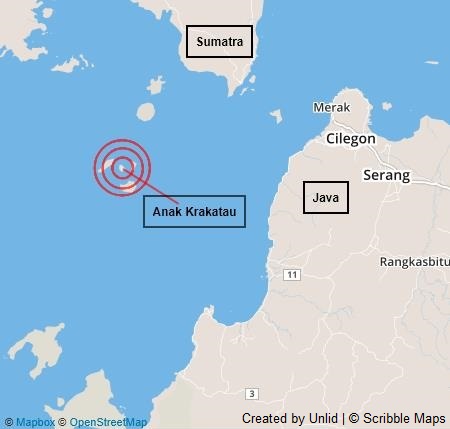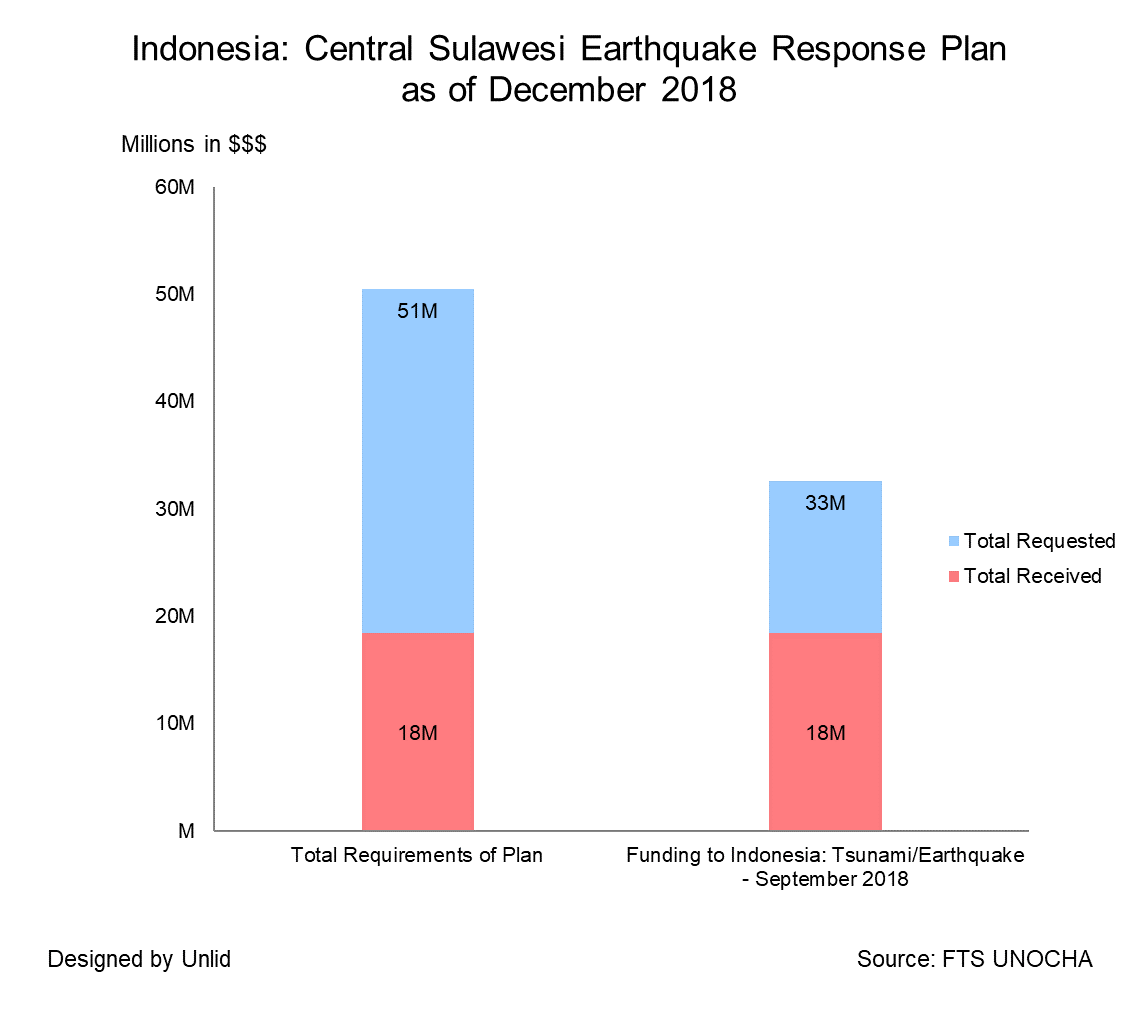Indonesia is still recovering from the aftermath of a deadly tsunami from last Saturday, the latest in a series of natural disasters that has blighted the country in recent months; but further challenges lay ahead as Indonesia continues its process of recovery.
The current death toll from Saturday is estimated at 420, although that number is expected to rise as the search for victims continues into January, according to the AP. The volcano Anak Krakakau (child of Krakatoa) is believed to be the cause of the tsunami after a large portion of the mountain plunged into the Indian ocean, and it continues to pose a serious risk to nearby inhabitants.
The regional disaster management agency (BPBD) on Thursday issued a warning prohibiting tourist activity within 5 km (3 miles) of the volcano, and raised the alert warning system to level 3, the countries second highest.

According to the Indonesian Red Cross the areas worst affected are the beaches Tanjung Lesung, Sumur, Teluk Lada, Panimbang, and Carita. Other badly affected areas include the Banten province, and Sumur on the island of Java.
Although the government has not officially requested international assistance, aid agencies are launching responses to the disasters and accepting donations.
The country may however find it difficult to secure the funds necessary to effectively rebuild after the damage caused by this and other recent disasters.
On 28 September a 7.4 magnitude earthquake rocked central Sulawesi province, killing 2,105 inhabitants, and displacing 212,000 people. This followed a series of earthquakes in July and August in Lombok.
The United Nations Humanitarian Team set out a plan in response to these disasters to raise $50.5 million (£39.7 million) to deliver logistical support and shelter to those affected: so far only $18.4 million has been raised.

This figure falls well short of the response to the 2004 Indian ocean tsunami which killed an estimated 230,000 people and displaced 1.7 million across 14 countries. $13.5 billion was raised, $5.5 billion of that figure coming from private donations (the largest privately donated number in recorded history).
While the reconstruction efforts from the 2004 tsunami faced some problems, such as often times providing a quick rather than sustainable response, as well as overlooking the needs of women, children and older people, many lessons were learned, and the overall reconstruction effort was successful.
Much of that good work however is at risk of now being undermined if the humanitarian response to the ongoing disasters of 2018 (Indonesia’s worst year in a decade, according to the BNPB) is insufficient.
The greatest risks are for the over 150,000 people affected by these recent disasters, as well as the major damage to infrastructure which has been caused, which could be further exacerbated if the active volcano experiences another violent eruption, as many predict it will. For the country and economy to recover major reconstruction efforts must be put in place.
With many countries across the world now promoting isolationist policies however, (the U.S. Ambassador Nicki Haley as recently as Sunday announced the U.S. is slashing $285 million worth of funds from the United Nations), and the Food and Agriculture Organization of the United Nations reporting in July that it has received less than 30% of its overall funding required for its ongoing operations, Indonesia is at risk, as with many other countries facing crises such as Myanmar, Sudan and Syria, of being dangerously under resourced.
Cover photo: U.S. Air Force photo by Master Sgt. JT May III, from Oct 2018, Yokota.



1 Comment
gallery loys · January 24, 2019 at 1:15 pm
Hello,
I would like to telll you that I’m using this site for some time and you write good
content. I shared youur newset article on tumblr and got
a lot of poxitive feedbacks.
Waiting for your next article